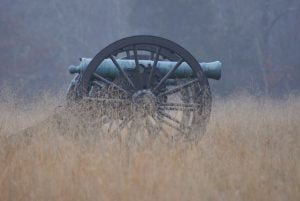Middlesex County was established in 1785, originally comprising six towns from Hartford and New London counties, later expanding to fifteen towns, with Durham joining in 1799. The county features a varied landscape, including hills and the Connecticut River, which provides water power for mills. Historically rich in timber and fish, wildlife has significantly diminished due to human activity. The original forests, primarily oak and walnut, have mostly vanished, with only a small growth remaining. Various animals have also disappeared, leading to a dramatic change in the region’s ecology over time.



